Hummingbirds are remarkable creatures known for their tiny size, vibrant colors, and lightning-fast wings. Each year, millions of these birds embark on an incredible migration, traveling thousands of miles between their breeding grounds in North America and their wintering habitats in Central and South America. Many people wonder when hummingbirds migrate, how far they travel, and what the journey entails. This month-by-month guide will give you an overview of hummingbird migration, when you’re most likely to spot them, and what to expect during the year.
When Do Hummingbirds Migrate?
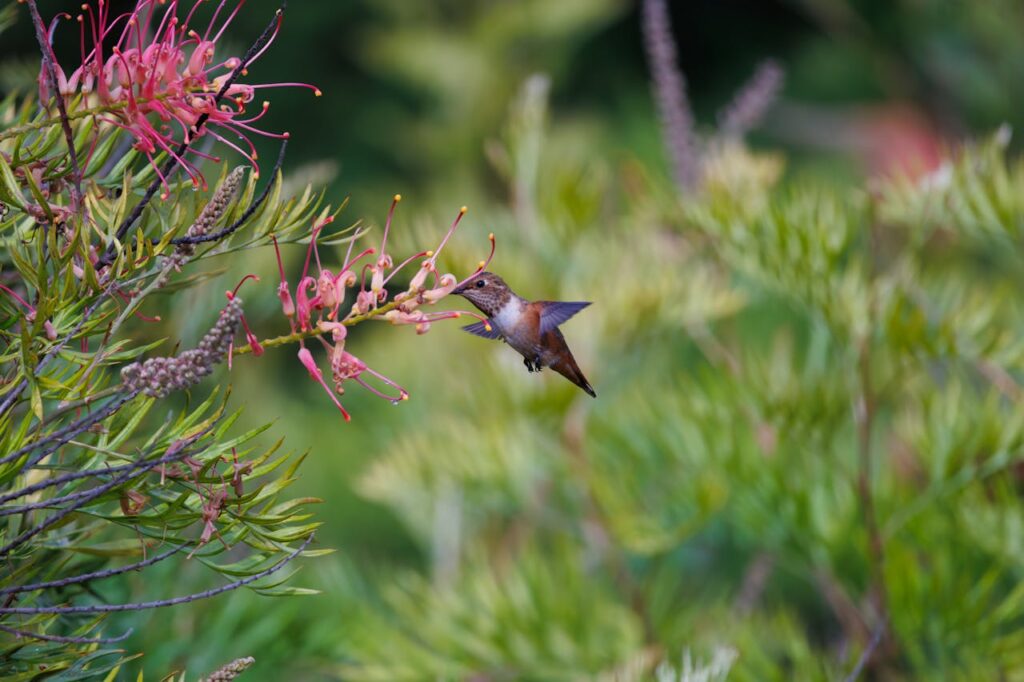
January to March: The Journey Begins
For many hummingbirds, the migration south starts as early as August or September, but their return journey to the north doesn’t typically begin until January or February. During these months, most hummingbirds are in their wintering grounds in Central and South America. However, in the southern parts of the U.S., like Florida, Texas, and southern California, you might still see hummingbirds lingering or even overwintering in areas with mild climates and abundant food.
April: The First Arrivals
April marks the beginning of hummingbird season in many parts of North America. As temperatures start to warm up and food sources like nectar-producing flowers and insects become available, hummingbirds begin their journey north. Early April is when you might spot the first arrivals in the southern U.S., especially in states like Texas, Louisiana, and Georgia. The Ruby-throated Hummingbird is the most common species to arrive in these areas first.
May to June: Breeding Season
May and June are the prime months for hummingbird sightings across the U.S. and southern Canada. Hummingbirds are now fully settled into their breeding grounds, where they engage in courtship, nest-building, and raising their young. During this time, you’re likely to see more hummingbird activity as they feed constantly to provide for themselves and their chicks.
July: Preparing for Migration
By July, hummingbirds are beginning to prepare for their return migration south. While some species are still feeding young or building up strength, others are already starting to migrate back to warmer climates. July marks the start of a period when you may notice hummingbirds feeding more frequently than usual. This is because they are stocking up on nectar and insects to build up fat reserves, which they will rely on during their long journey.
August to September: Peak Migration Time
August and September represent the peak of hummingbird migration in many regions of North America. During this time, hummingbirds are heading south to their wintering grounds. If you live along their migration route, you’ll likely see a significant uptick in hummingbird activity as these tiny travelers stop to feed and rest. It’s important to keep your feeders filled during this time, as migrating hummingbirds rely heavily on them to fuel their journey.
October: The Last Departures
By October, most hummingbirds in North America have already started or completed their migration south. However, in southern parts of the U.S., particularly in states like Texas, you might still spot hummingbirds feeding or passing through on their way to Central America. If you live in an area where hummingbirds have departed for the year, it’s a good time to clean and store your feeders until the next season.
November to December: Wintering in the Tropics
By late November and December, most hummingbirds have reached their wintering grounds in Central and South America. During this time, they reside in tropical forests, feeding on nectar and insects to survive. Some species, like the Anna’s Hummingbird, may remain in milder parts of the U.S., such as California, where food is still available throughout the winter months.
What Month Do You See the Most Hummingbirds?
Hummingbirds are mesmerizing little creatures, with their brilliant colors and rapid wing beats. If you’re a fan of these birds, you’re probably wondering when you’ll see the most of them. In North America, the best months for hummingbird sightings are typically between May and September, depending on where you are located. During these months, hummingbirds are most active, preparing for the breeding season, raising their young, and eventually getting ready for their long migration.
For most regions of the U.S. and Canada, May through August will provide the most hummingbird activity. You’ll see them flocking to feeders, pollinating flowers, and flying swiftly between trees and bushes in search of food and shelter. In late summer, their feeding habits intensify as they prepare for their journey south, so you might notice more hummingbirds visiting your feeders.
What Does It Mean When a Hummingbird Visits You Daily?
Many people view the daily visit of a hummingbird as a symbol of good luck or a reminder to enjoy the simple pleasures in life. Hummingbirds are often associated with joy, love, and positivity, so seeing one frequently can be a reminder to appreciate the moment or even to look for deeper meanings in everyday occurrences.
On a practical level, if a hummingbird is visiting you every day, it likely means you’ve created a reliable food source. If you have a well-maintained feeder or plenty of flowers that produce nectar, the hummingbird will keep returning for the easy meal. They are creatures of habit, and once they find a good source of nourishment, they’ll come back regularly.
Do Hummingbirds Stay Around All Summer?
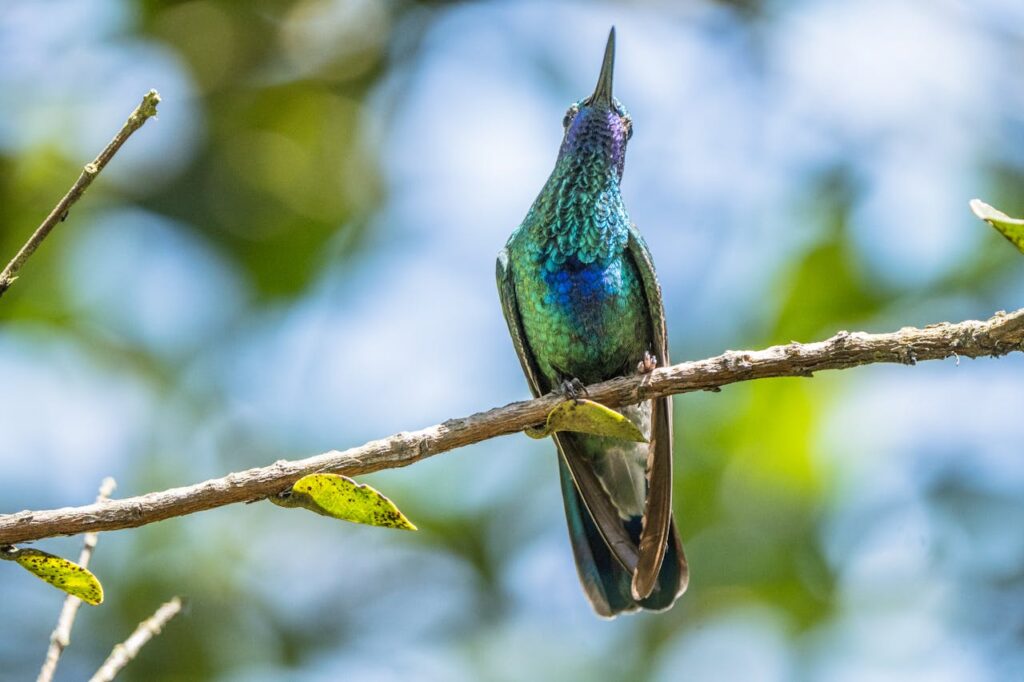
Yes, hummingbirds do stay around all summer, especially in regions where food is plentiful and the temperatures are suitable. Their summer stay is typically from May to September, during which time they breed, raise their young, and prepare for the long migration back to Central and South America.
In southern parts of the U.S., like Texas, Louisiana, and Florida, some species of hummingbirds may even remain throughout the year if the climate is mild enough and food sources are available. These hummingbirds benefit from regular feeders and an abundance of flowers in residential areas, allowing them to skip migration altogether in some cases.
In northern areas, however, hummingbirds will generally head south by early fall, before the weather becomes too cold and food becomes scarce.
Where Do Hummingbirds Go in Winter in Canada?
In winter, hummingbirds leave Canada and head toward warmer climates. Most hummingbirds from Canada and the northern U.S. travel south to Central America, Mexico, and the northern parts of South America.
The Ruby-throated Hummingbird, for instance, is a common summer visitor to Canada, but it migrates thousands of miles to southern Mexico and Central America during the colder months. The journey is arduous, often involving long flights over water or open terrain, but it’s necessary for their survival since food sources in Canada (like nectar-producing flowers and insects) vanish in the winter.
In recent years, there have been sightings of some hummingbirds, like the Anna’s Hummingbird, staying in coastal areas of British Columbia year-round. These birds are taking advantage of milder winters and available feeders, but this is still quite rare, and the vast majority of hummingbirds will leave Canada by the fall.
Do Hummingbirds Migrate at Night?
Yes, hummingbirds often migrate at night. Nighttime travel allows them to avoid predators, conserve energy in cooler temperatures, and reduce water loss during their long flights. Many hummingbird species, including the Ruby-throated Hummingbird, take advantage of favorable nighttime weather conditions to travel efficiently.
Their migratory routes can take them over vast distances, with some even flying non-stop across large bodies of water like the Gulf of Mexico. The cooler night temperatures help them conserve the energy needed to make these long journeys without stopping to rest or feed.
In some instances, hummingbirds may also travel during the day, especially when they’re crossing shorter distances or stopping to feed at known nectar sources. However, long flights are typically made at night.
How Far Do Hummingbirds Migrate?
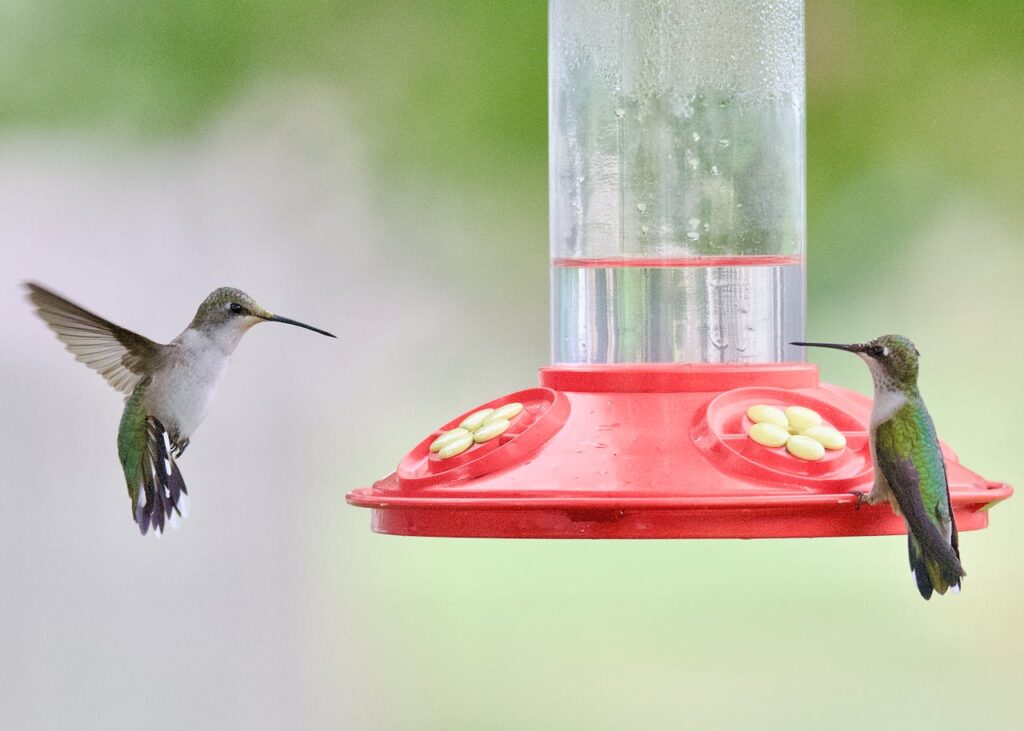
Hummingbirds are known for their impressive long-distance migrations, particularly given their tiny size. The distances they travel depend on the species, but many hummingbirds will cover up to 3,000 miles during their annual migration.
For example, the Ruby-throated Hummingbird, one of the most common species in North America, migrates from as far north as Canada all the way to Central America. This migration may involve a non-stop flight of 500 miles across the Gulf of Mexico, which is remarkable considering their small size and energy needs.
Other species, such as the Rufous Hummingbird, can also travel impressive distances, migrating from their breeding grounds in the Pacific Northwest and Alaska to southern Mexico.
Do Hummingbirds Migrate in Flocks?
No, hummingbirds do not migrate in flocks. Unlike many other bird species that travel in large groups for protection and efficiency, hummingbirds migrate individually. Each bird follows its own instinctual path and timing, often dictated by the availability of food and the changing seasons.
This solitary migration is particularly impressive given their size and vulnerability. Despite the lack of group support, hummingbirds are remarkably resilient travelers, capable of navigating across vast distances on their own. While you may see many hummingbirds in your area during peak migration times, each bird is making its journey independently.

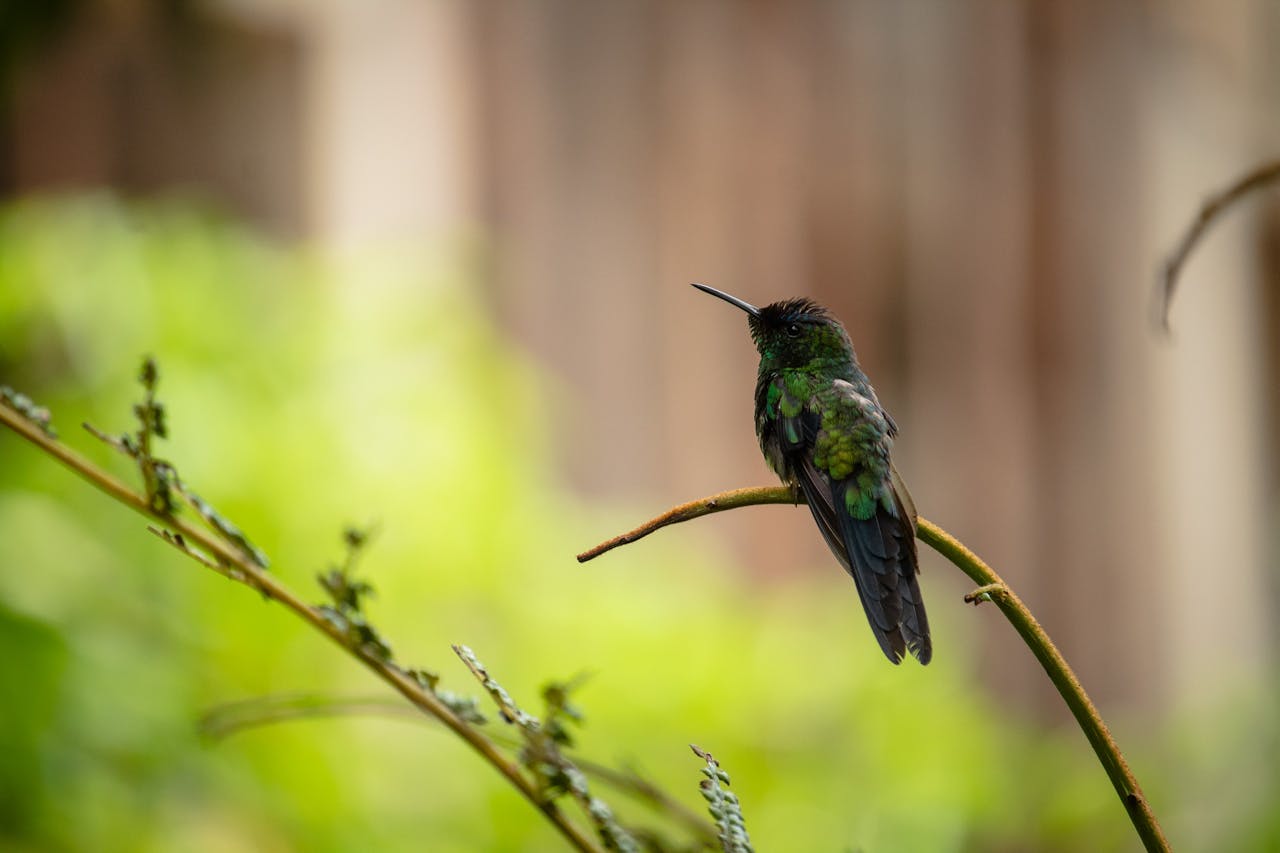
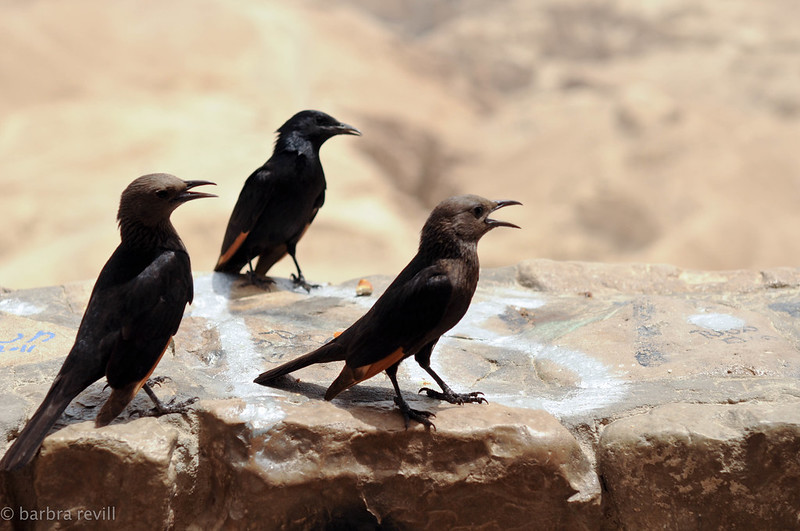

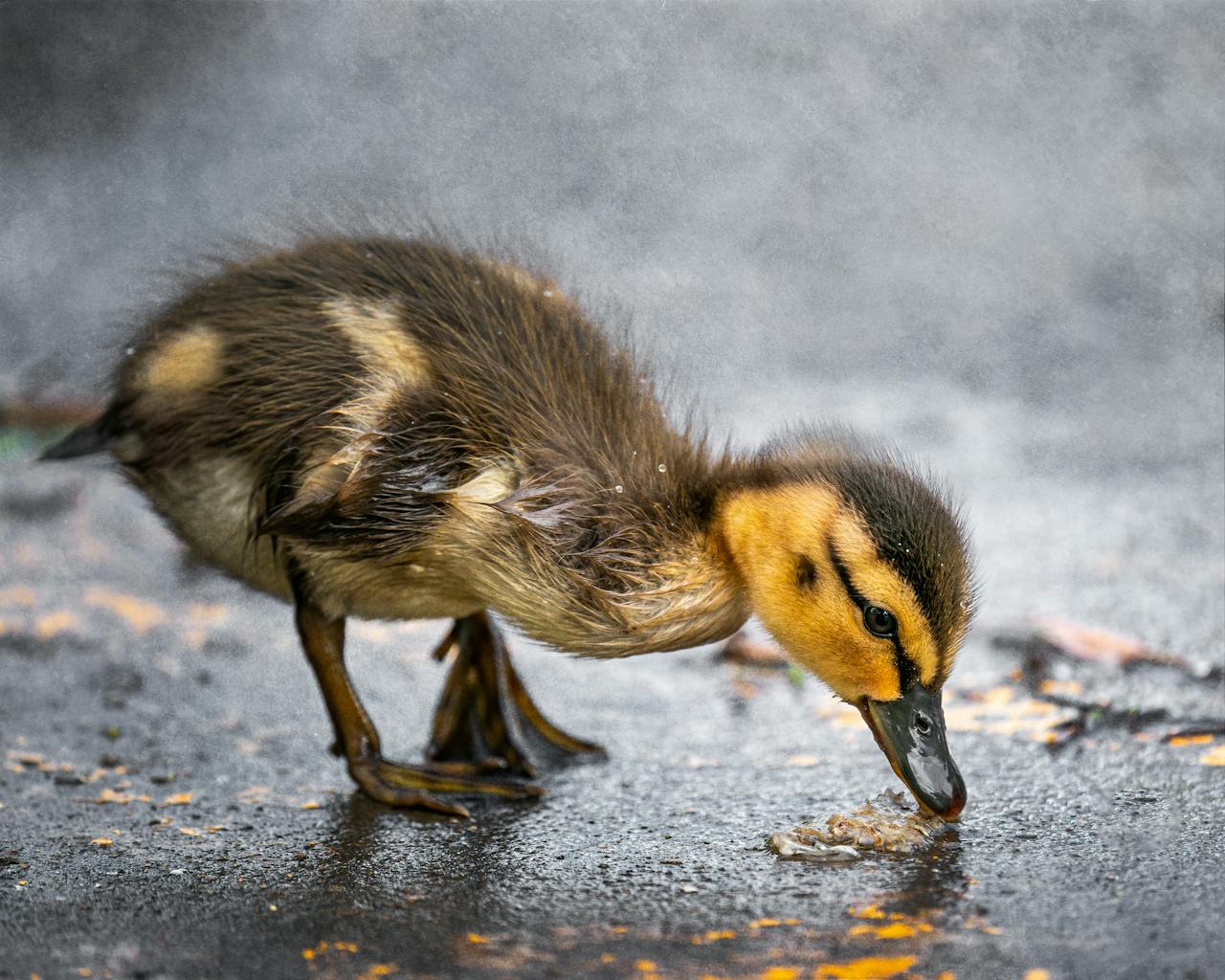
Leave a Reply